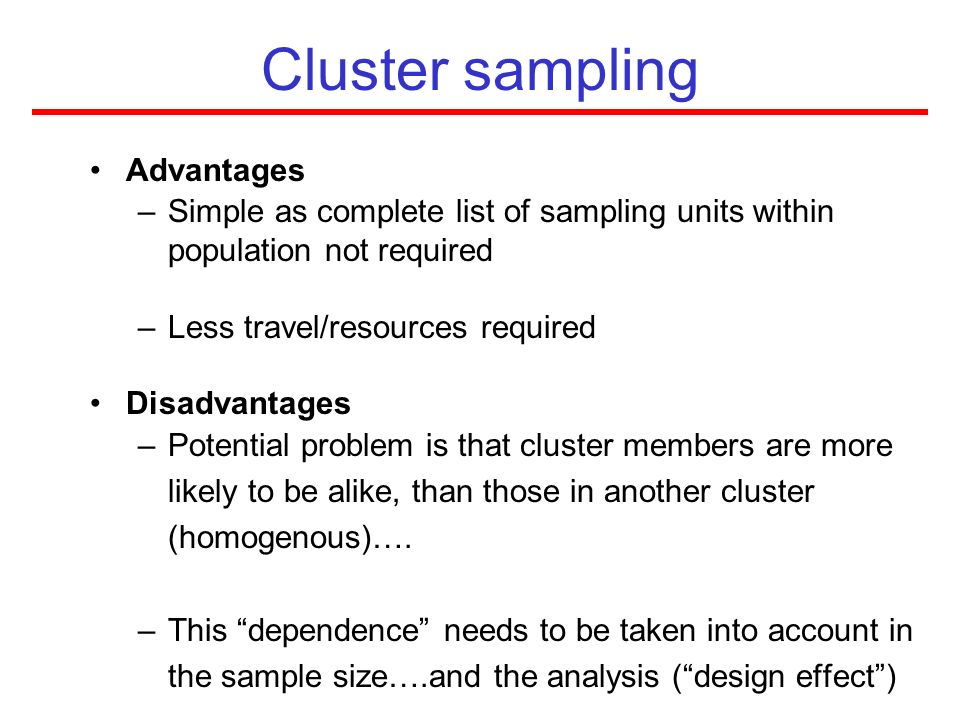

of each question, analyzing whether each one covers the aspects that the test was designed to cover.Ī 4th grade math test would have high content validity if it covered all the skills taught in that grade. Assessing content validity is more systematic and relies on expert evaluation. For the purposes of this blog we will be focusing on random sampling methods. Non-random sampling methods are liable to bias, and common examples include: convenience, purposive, snowballing, and quota sampling. On the other hand, content validity evaluates how well a test represents all the aspects of a topic. Random sampling examples include: simple, systematic, stratified, and cluster sampling. When a test has strong face validity, anyone would agree that the test’s questions appear to measure what they are intended to measure.įor example, looking at a 4th grade math test consisting of problems in which students have to add and multiply, most people would agree that it has strong face validity (i.e., it looks like a math test). The difference is that face validity is subjective, and assesses content at surface level. Relevant subgroups from within the population are identified and random samples are selected from within each strata.Face validity and content validity are similar in that they both evaluate how suitable the content of a test is. The first member of the sample is chosen at random then the other members of the sample are taken at intervals (i.e. It may be very expensive or inefficient to work with a simple random sample. 1 through to 45) with each number having an equal chance of being selected. Simple random sampling may not be feasible. A lottery draw is a good example of simple random sampling where the numbers are randomly generated from a defined range of numbers (i.e. Simple random sampleĪll members of the sample are chosen at random and have the same chance of being in the sample. Random sampling makes it possible to produce population estimates from the data obtained from the units included in the sample. Probability or random sampling includes, but is not limited to, simple random sampling, systematic sampling, and stratified sampling. 17 Advantages and Disadvantages of Random Sampling Simple Random Sample: Advantages and Disadvantages - Investopedia WebSimple random sampling is an. In a random (or probability) sample each unit in the population has a chance of being selected, and this probability can be accurately determined.
ADVANTAGES AND DISADVANTAGES OF SIMPLE RANDOM SAMPLING FREE
as data are collected from a subset of units and inferences made about the whole population, the data are subject to 'sampling' error There are a number of advantages of using simple random sampling in quantitative market research as follows: Unlike other sampling methods, simple random sampling is bias and prejudice free however, the condition is that it must be applied appropriately.often not suitable for producing benchmark data.data may not be representative of the total population, particularly where the sample size is small.if good sampling techniques are used, the results can be very representative of the actual population.costs would generally be lower than for a census.generally takes longer to collect, process, and release data than from a sample.

higher costs, both in staff and monetary terms, than for a sample.may be difficult to enumerate all units of the population within the available time.detailed information about small sub-groups within the population is more likely to be available.benchmark data may be obtained for future studies.provides a true measure of the population (no sampling error).Cheaper as less respondents are required, Harder to eliminate bias in.

Advantages and disadvantages of taking a census or sample Advantages of a census For example, only sampling males who are over 50 years old.


 0 kommentar(er)
0 kommentar(er)
